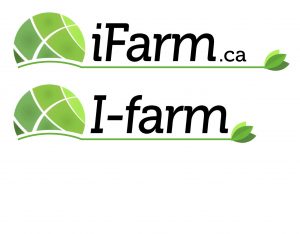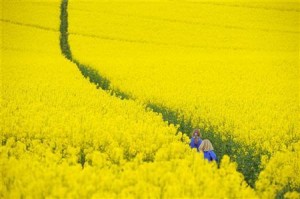FOR IMMEDIATE RELEASE For additional information contact: Jessa Bertinetti 800-441-5263 jbertinetti@realtors.org
New Land Markets Survey Shows Expected Land Sales Growth in 2015
April 13, 2015 (Chicago, Ill.) – Land prices rose steadily by eight percent in the last part of 2014, with individuals and families accounting for sixty-one percent of all buyers/investors in land sales transactions, according to the 2015 Land Markets Survey, conducted jointly by the REALTORS® Land Institute and National Association of REALTORS®. In addition, the survey revealed that fifteen percent of land purchasers were corporations/partnerships, twenty-three percent were investors, and nine percent were expansion farmers.
The 2015 Land Markets Survey is aimed at developing accurate information on current trends in the land markets and on the general state of land sales. The results are representative of over six hundred land professional respondents from across the United States and Canada.
According to the survey, forty-seven percent of the purchases where individuals/families bought, the land was purposed for farm and ranch (twenty percent agriculture and seventeen percent ranch) and thirty-one percent for recreation. Of those surveyed, expansion farmers purchased eighty-eight percent of land for farm and ranch use (seventy-one percent agriculture and seventeen percent ranch). Investors purchased a diversified portfolio of land including: thirty-three percent agriculture, fourteen percent timber, twenty-one percent development, and five percent commercial. Of the land purchased by corporations, development land accounted for twenty-eight percent, commercial land accounted for twenty-five percent, and timberland accounted for five percent.
Terri Jensen, ALC Advanced, 2015 Institute National President of REALTORS® Land Institute, stated “The outlook appears strong for several land types and locations. The demand from expansion farmers and investors exceeds supply—particularly in the Midwest states. Grassland/ranch land demand and prices continue to be strong.” Close to ninety percent of the respondents expect moderate to stronger sales growth in the first half of 2015, with prices rising at about three percent. The results appropriately correlate to the findings that responding land professionals across the United States primarily focus their practices in agriculture (sixty-three percent), recreation (fifty-five percent), and development (forty-eight percent).
The 2015 Land Markets Survey was based on data collected in March 2015. The survey was emailed to one-thousand REALTORS® Land Institute members and approximately nine thousand five hundred non-members and generated six hundred and nineteen usable responses. The Institute has made the full survey available for free online.
About the REALTORS® Land Institute
The REALTORS® Land Institute is the professional membership organization for real estate practitioners who specialize in land transactions. A 71-year-old affiliate organization of the National Association of REALTORS®, the Institute provides a wide range of programs and services that build knowledge, relationships, and business opportunities for the best in the land business. Through its best-in-class LANDU curriculum, the REALTORS® Land Institute confers its Accredited Land Consultant (ALC) designation to only those real estate practitioners who achieve the highest levels of education, experience, and professionalism. For more information, visit www.rliland.com.


